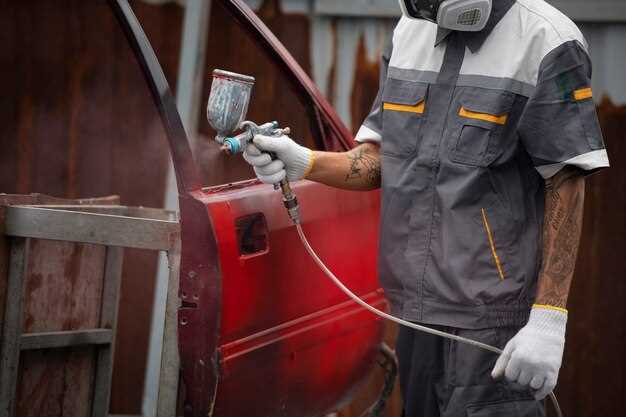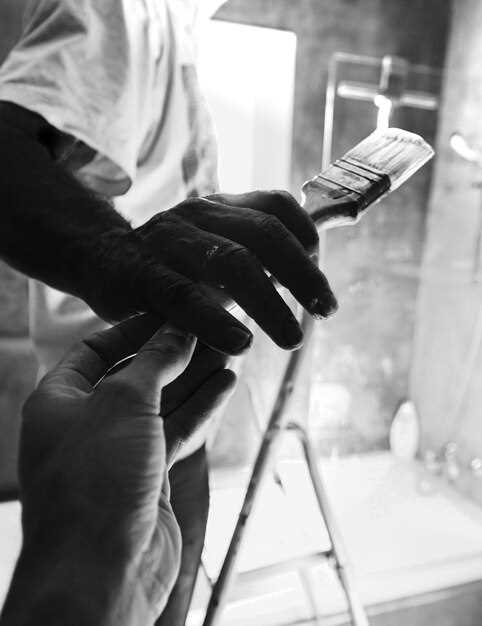
The automotive world has always been a canvas for creativity and innovation, and among the various design elements, two-tone paint styles stand out for their timeless appeal. These striking color combinations not only enhance the aesthetics of a vehicle but also evoke a sense of nostalgia for classic cars from the golden age of motoring. As modern car manufacturers seek to capture the essence of vintage style, the revival of two-tone paint schemes is becoming increasingly popular.
In recent years, we’ve seen a resurgence in the appreciation for retro design trends, and the automotive industry is no exception. Two-tone paint styles, characterized by contrasting colors that accentuate a car’s curves and lines, offer a unique way to personalize vehicles. From classic muscle cars to contemporary electric vehicles, this paint technique adds a layer of character and individuality that many drivers crave.
This article delves into the history, techniques, and modern interpretations of two-tone paint styles. We will explore how enthusiasts are embracing this classic aesthetic while also pushing the boundaries of automotive design. Join us as we celebrate the revival of a style that not only transforms the look of cars but also connects us to our driving heritage.
Choosing the Right Color Combinations for Two-Tone Designs
When it comes to two-tone paint styles for cars, selecting the right color combinations is essential to achieving a striking and cohesive look. To begin, consider the color wheel; complementary colors, which sit opposite each other, can create a vibrant contrast that draws attention. For instance, pairing a deep navy blue with a bright orange can evoke a sense of energy, making your vehicle stand out.
Analogous colors, located next to each other on the color wheel, can also work beautifully in two-tone designs. For example, shades of blue and green can create a smooth and sophisticated appearance, ideal for a classic or elegant vehicle. This method allows for a more subtle transition between colors while still adding depth and interest.
The finish of the paint also plays a pivotal role in the overall effect of your two-tone design. Matte finishes can give a modern and understated look, while glossy finishes enhance vibrancy and create a bold statement. Consider how light interacts with the chosen colors; lighter upper tones can make a car appear taller, while darker lower tones will provide a grounding effect.
Additionally, think about the context in which the vehicle will be used. Bright and playful color combinations suit sporty models, while muted tones might enhance the elegance of a luxury car. Don’t overlook the influence of regional or cultural associations with specific colors, as these can resonate differently with various audiences.
Lastly, testing small patches of color on the car’s surface can help visualize how the combination works in real life. This practice allows you to adjust hues and ensure that the final two-tone paint design aligns with your vision, leading to a striking and well-coordinated finish.
Step-by-Step Guide to Preparing Your Car for Two-Tone Painting

Preparing your car for a classic two-tone paint job requires careful planning and execution. Follow these steps to ensure a smooth process that yields stunning results.
First, gather all necessary supplies, including sandpaper, masking tape, primer, paint, and clear coat. Make sure to choose high-quality automotive paint that is suitable for your desired colors and finish.
Next, wash your car thoroughly to remove dirt, grime, and any wax that may interfere with paint adhesion. Once clean, dry the surface completely to prevent moisture-related issues.
The following step involves sanding the existing paint. Use sandpaper with a grit of 400 to scuff the surface, making it easier for the new paint to adhere. Pay special attention to any imperfections in the old paint that need correction.
After sanding, mask off areas that you do not want to paint. Use high-quality masking tape to define the boundaries of the two-tone design. This step is crucial for achieving clean, distinct lines between colors.
Apply a coat of primer on the sanded areas. Priming helps enhance paint adhesion and provides a uniform base for the two-tone color scheme. Allow the primer to dry completely, following the manufacturer’s instructions.
Now, it’s time to apply the first color. Use a spray gun or aerosol can for even coverage, starting from one end and moving to the other. Apply multiple light coats rather than one heavy coat to avoid drips and runs.
Once the first color layer is dry, carefully remove the masking tape from that area. Then, mask off the section that will receive the second color. Repeat the painting process for the second hue, ensuring that both colors have well-defined edges.
After both colors have dried completely, apply a clear coat for protection and added gloss. This final layer not only enhances the visual appeal but also safeguards the paint from environmental damage.
Finally, allow the car to cure for the recommended time before removing all masking and reassembling any parts that were removed. With patience and attention to detail, your classic two-tone paint job will be ready to attract attention on the road.
Maintaining and Preserving Your Two-Tone Finish for Longevity

To ensure the longevity of your two-tone paint job, regular maintenance is essential. Start with frequent washing using a mild automotive soap to remove dirt and contaminants that could dull the finish. Avoid automatic car washes with abrasive brushes; instead, opt for hand washing with a soft microfiber cloth or sponge.
After washing, drying the surface thoroughly with a clean microfiber towel will prevent water spots and streaks. Pay special attention to the seams and edges where the two tones meet, as water can accumulate and lead to deterioration.
Applying a quality wax or sealant every three to six months will add an extra layer of protection and enhance the overall appearance of your paint. Look for products specifically designed for two-tone finishes to avoid any adverse reactions between different paint types.
Regular inspections are crucial for identifying any signs of wear or damage early on. Addressing small issues, like minor scratches or chips, can prevent more significant problems later. Utilize touch-up paint designed for your specific colors to seamlessly repair any imperfections.
Additionally, consider parking in shaded areas or using a car cover to protect your vehicle from the sun’s harmful UV rays, which can fade and damage the paint over time. Keeping the car garaged when not in use can further extend the life of your two-tone finish.




